
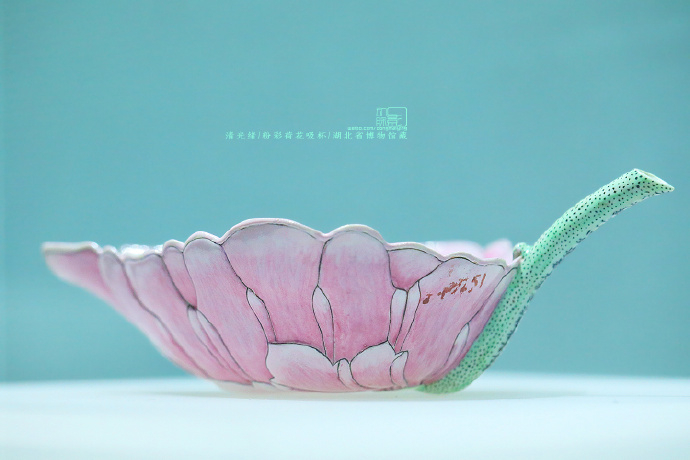
A cup from the Qing Dynasty in Hubei Provincial Museum. /Provided by Dong Mai Ying via his Weibo account
When talking about museum exhibits, people usually come up with the old, dull pottery or statuettes in the display cabinets. But through the lens of a Chinese photographer, those relics have been brought to life in a modern context.
Dong Mai Ying, a blogger on Weibo, is a photographer who focuses on museum photography, but in his words, he’s only "an ordinary tourist who loves museums." Since he began shooting museum exhibits at the end of 2011, he has visited more than 200 museums in China and abroad, producing about 430,000 photos of over 50,000 exhibits. Now he has more than 3 million followers on Weibo.
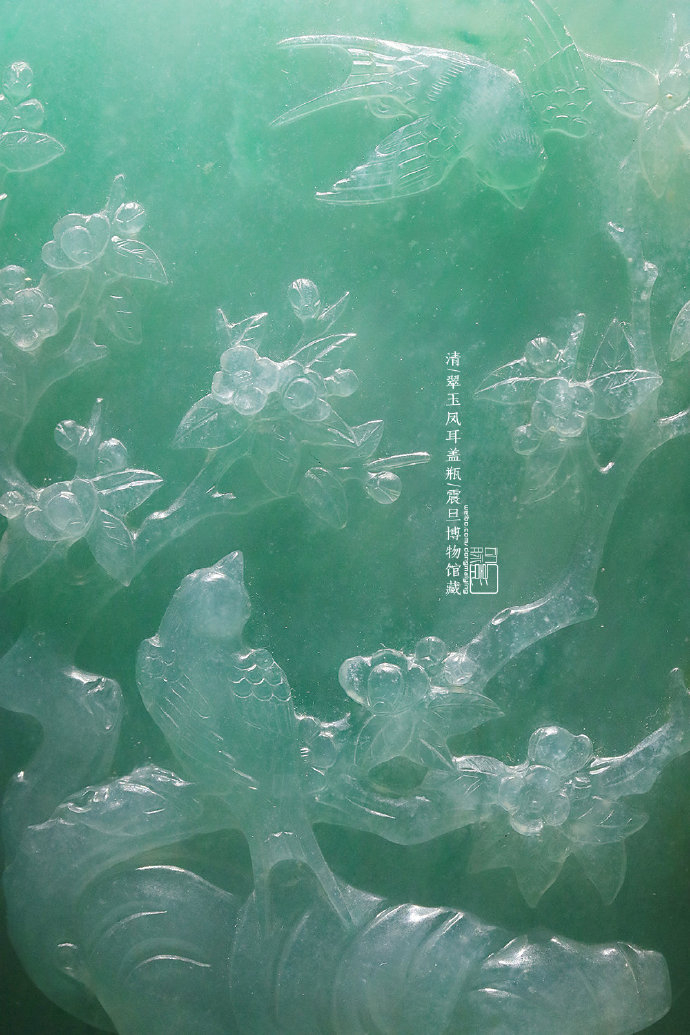
A jade bottle from Qing Dynasty in Aurora Museum in Shanghai. /Provided by Dong Mai Ying via his Weibo account
In his pieces, delicate details that are usually neglected are on full display. The curves, the patterns and the ingenious designs of the craftsmen are all amplified through his camera, telling their own stories across the long history.
Because of his proficient photography skills, he’s also praised as "having the superpower to go across the glass, and to control the light with his mind."
In fact, Dong's day job has nothing to do with this expertise. He works in a security firm, giving him plenty of opportunities to travel and to shoot pictures of local museums during his lunch break or in the afternoon, after he finishes his work.
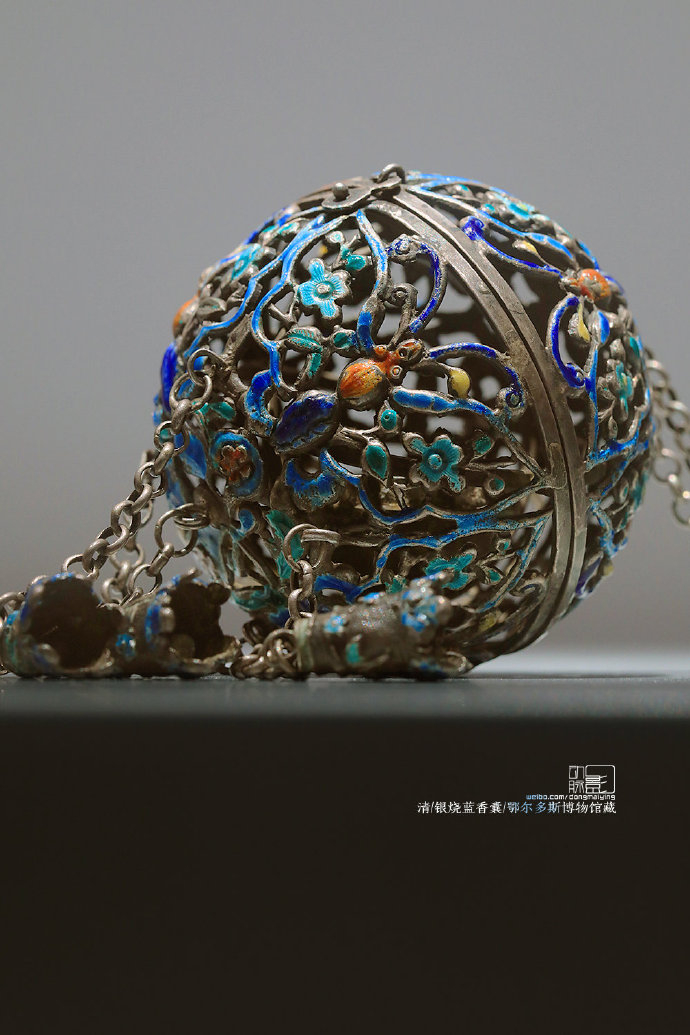
A metal sachet from the Qing Dynasty in Ordos Museum. /Provided by Dong Mai Ying via his Weibo account
Some netizens asked him if the photos were taken with advanced equipment or by an expert team. But the answer is no.
He took all of the photos with a EOS 5D camera and a Canon EF 100mm lens. Dong also edits his photos with Photoshop. Except for once when he was invited by the Wuhan Museum to shoot exhibits taken out of the showcases, all of his other photos have been taken through showcase glass.
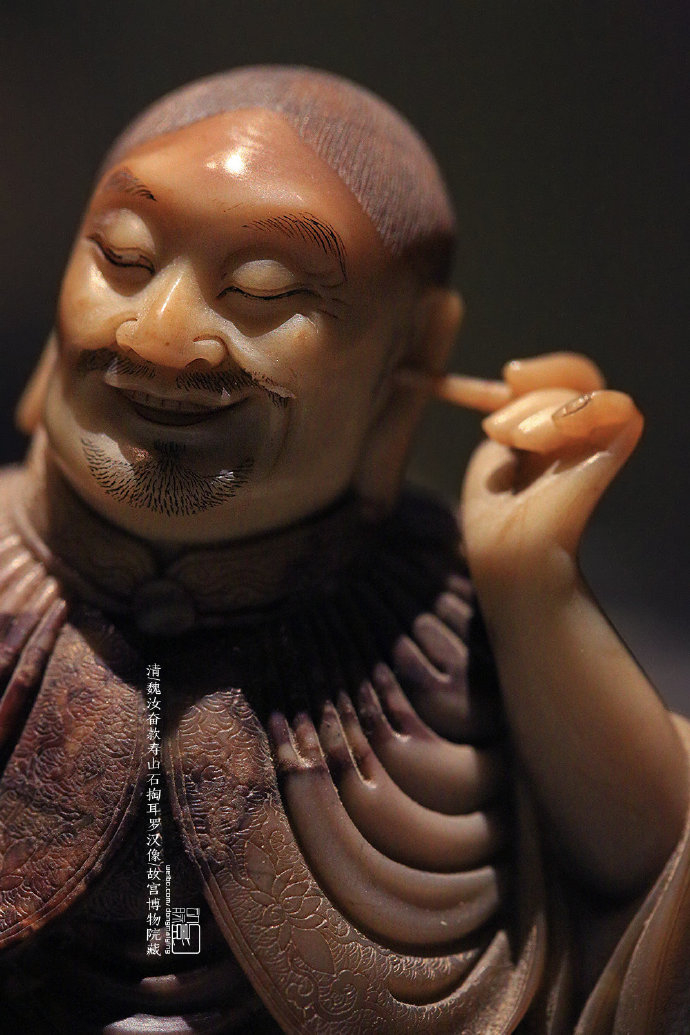
The statue of an arhat from the Qing Dynasty in the Palace Museum. /Provided by Dong Mai Ying via his Weibo account
Moreover, for the protection of the cultural relics, museums usually forbid the use of flashlights. Therefore, the relics are usually captured under natural lighting in the museum hall. Netizens are often curious about his shooting skill. "How could you have such good focus? How can you shoot in such a stable way?" someone asked. He said that's because he didn't post the failed photos online.
On Zhihu, an online Q&A platform, someone asked, "How to evaluate museum photographer @Dong Mai Ying?" An answer goes, "It's difficult to stick to one thing for a long time.”
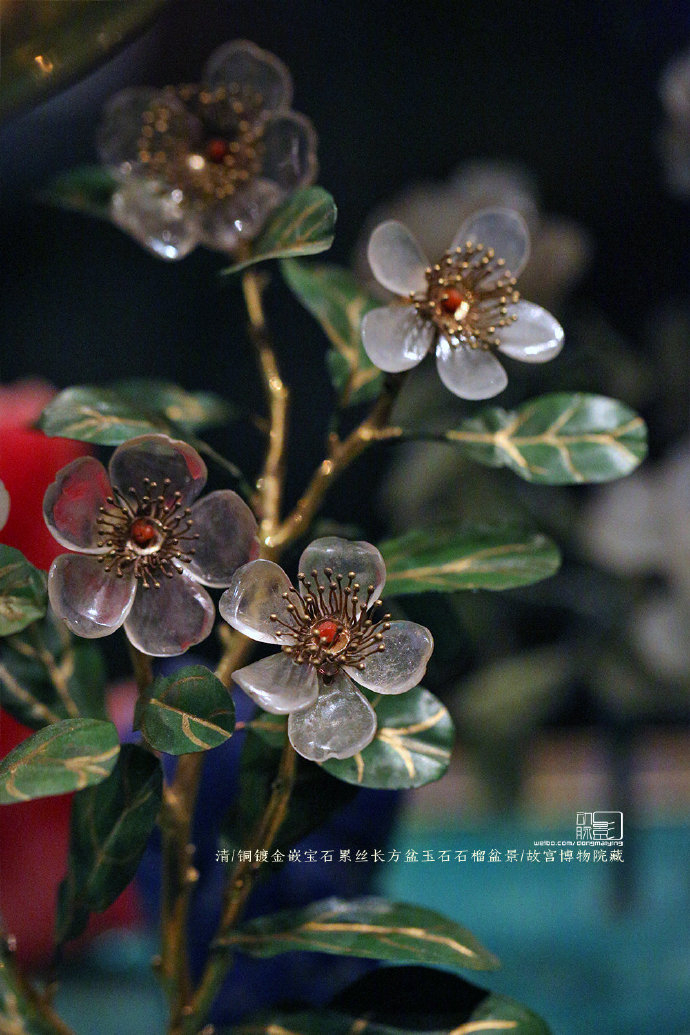
Flowers made from jade from the Qing Dynasty in the Palace Museum. /Provided by Dong Mai Ying via his Weibo account
"Actually for me, I never consider it a burden. Because for me, this is an interesting and leisurely entertaining method. That's the attitude I have held till now."
On his Weibo, he often receives messages like, "Because of your album, I went to the museum," or "Thank you for presenting so many beautiful relics to the people." Dong said that he feels happy to receive such messages as it shows that people are still passionate about traditional culture from generation to generation.
In life, Dong is a low-key commuter who loves photography. He never posts selfies, and his colleagues barely know about his Weibo. Besides cultural relics, subjects such as natural scenery, ancient architecture and modern buildings are also the major focuses of his camera.

Copyright © 2018 CGTN. Beijing ICP prepared NO.16065310-3
Copyright © 2018 CGTN. Beijing ICP prepared NO.16065310-3